This is the thread for my progress on the Backhoe Collaboration.
Ask me questions, give suggestions and post some images that may help my progress.
Thanks
Progress so far for the Fenders:
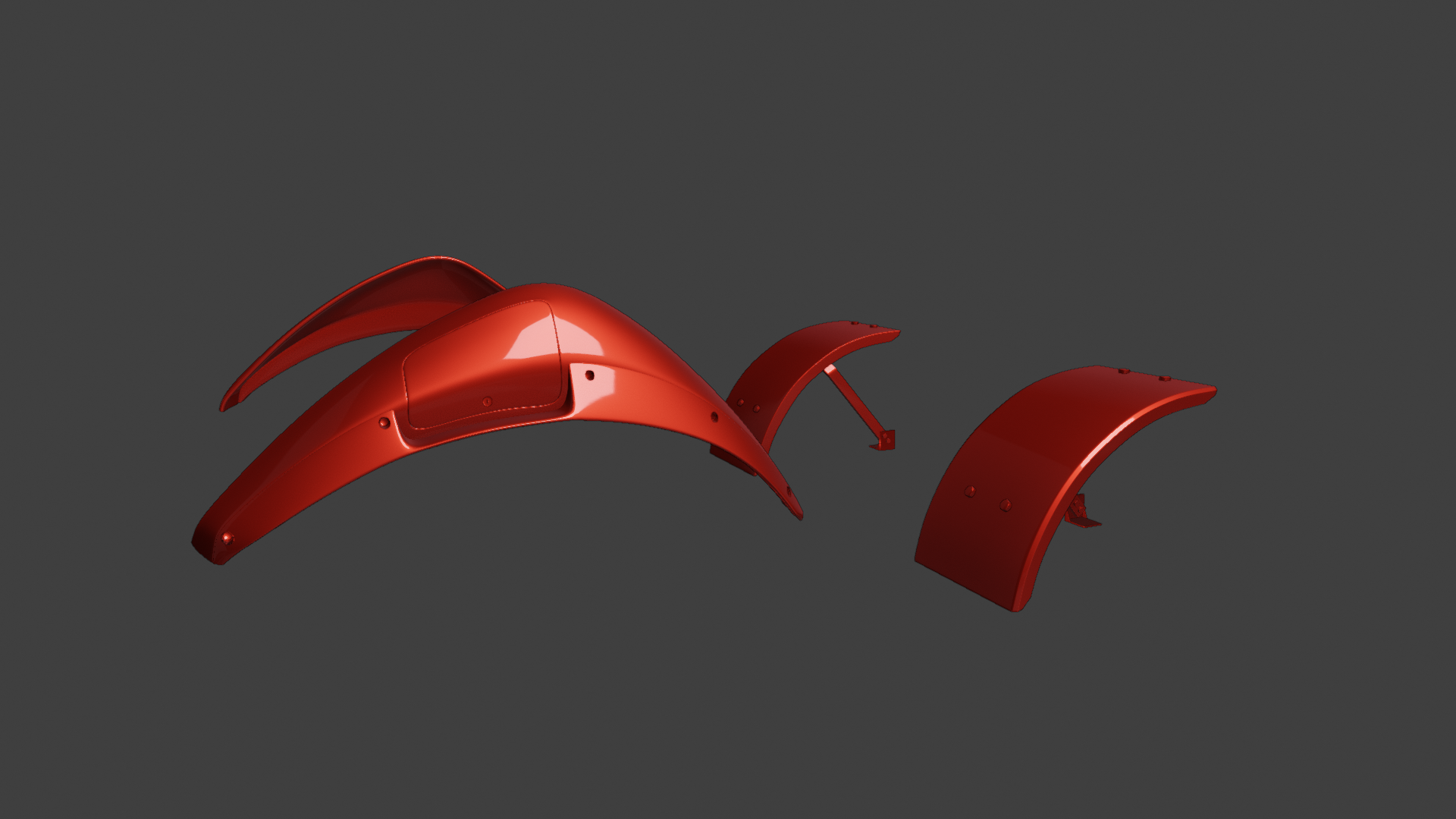
Few fixes need to be done:
Booleans need to be fixed, shrink wrap needs work around the fuel filler cap and the bolts need more shape.
and for the Stabilizer/Chassis:
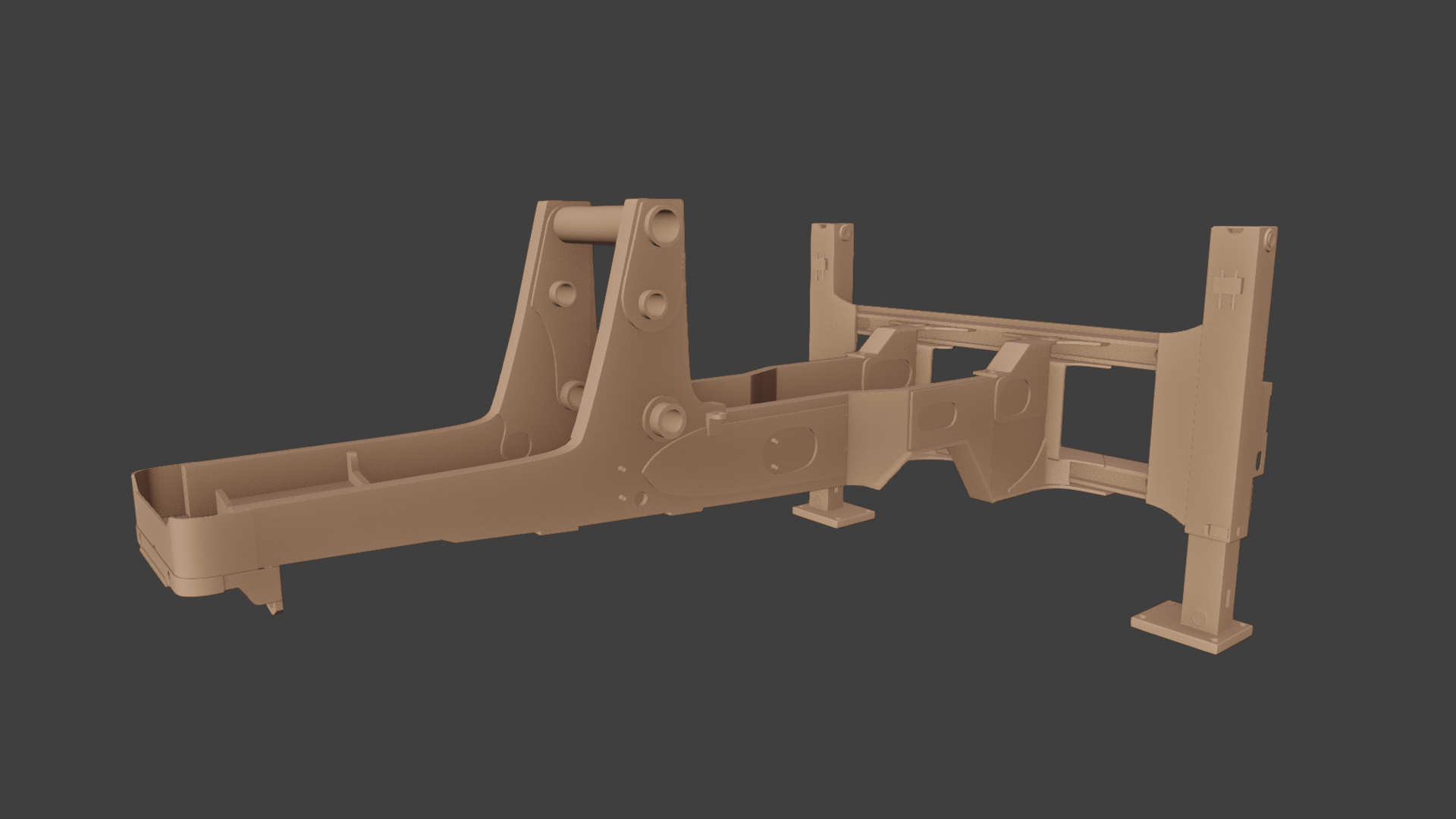
Only fix here was to bevel the edges as they are to sharp.
So thought I would spend some time bevelling some edges on the Chassis.
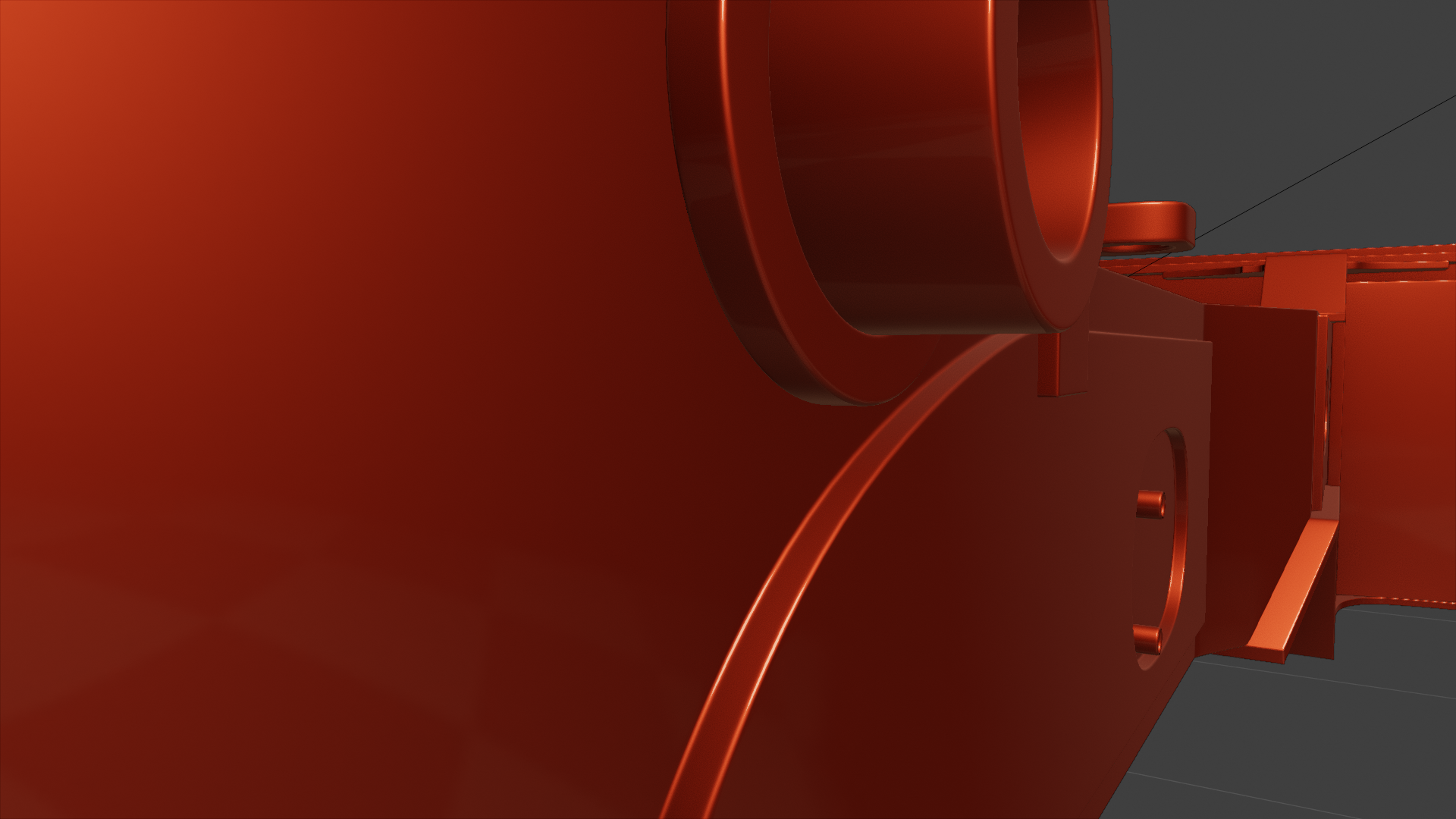
Thought I would try adjusting the Bevel Modifier first, few tweaks later, hey presto. Offset to 0.004, uncheck Clamp Overlap, Segments to 3, and Profile to 1. Limit Method unchanged from Angle at 50d. Now got that reflection on the edges.
Have a thought about the Boolean. They don't work to well with the Solidify Mod. Only needed for the bolt holes, so I might lose the Solidify Mod on that part and model a solid part and add the holes. We'll see what happens.
Not too shabby Adrian. Perhaps a good thing to recommend is: compare bevels on similar assembly parts to see how close your chassis is to other things. But it looks pretty darn good to me!
@adrian2301 can I see the view from the back on the backhoe? pweezeeee...grins and bats lashes.
Decided to loose the boolean for the bolt holes and model them.
What do you think Before or After:
Before :

After:
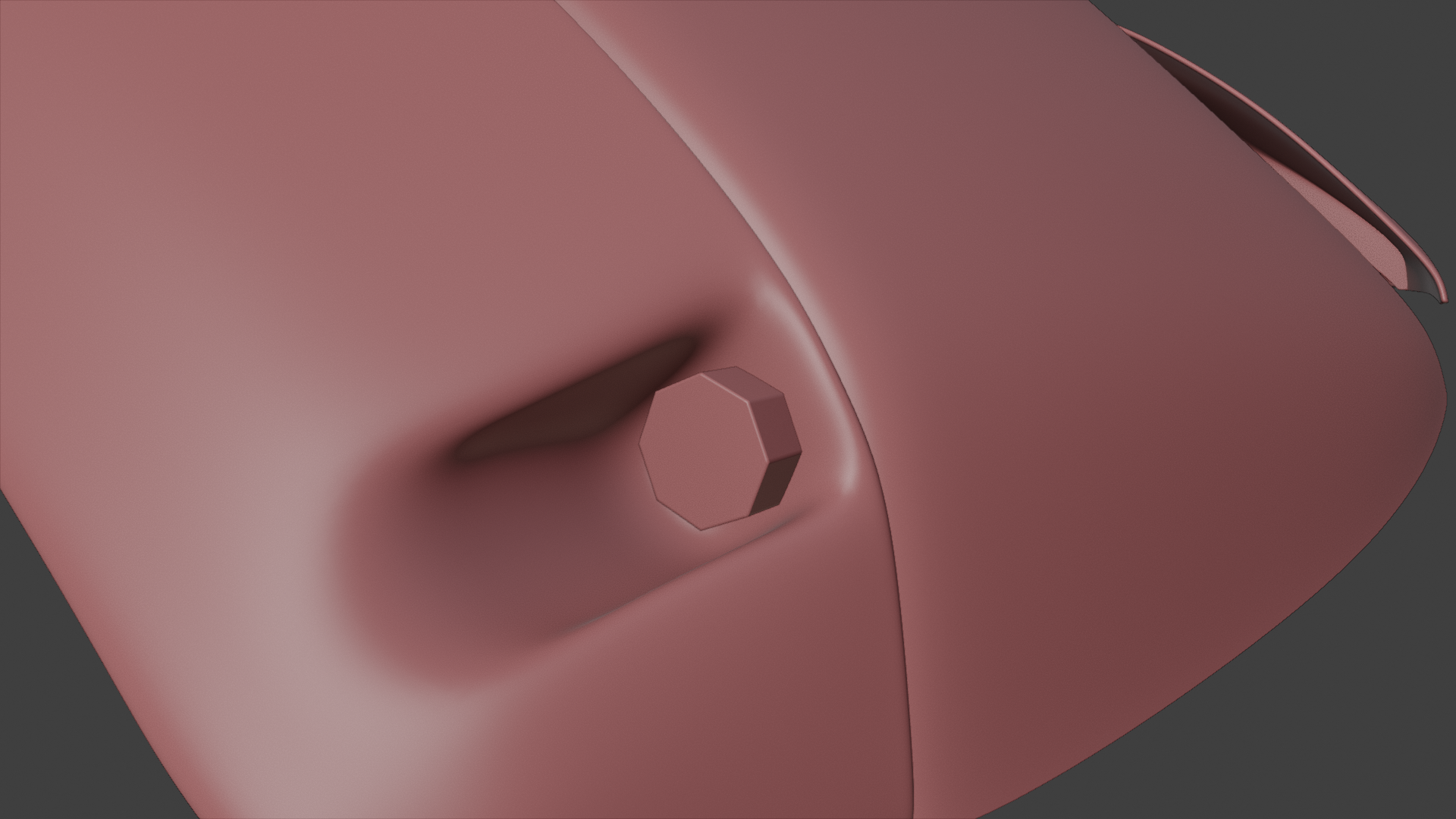
Cool Adrian! Is that a rectangular cut-out? I think it looks nice but perhaps making a little more of a circular shape where you can see would be better?
There is definitely good clearance for a socket to go on that bolt though. Very believable.
Man @adrian2301 I never saw this notification, my bad. Bolts need to be hexagonal where they will be intentionally removed for repair/maintenance. They are an industrial standard. The area surrounding the bolt is typically rounded if the material permits such geometry.
Here's some fun bolt theory:
Most bolt fasteners have a hexagonal head or 12 pointed head just because the sockets used in industry only come in 6 and 12 point (typically haha). 12 point are often used in areas where there is tight space and a wrench does not have a lot of room to turn, and 12 sided bolts have a lower torque rating because the heads tend to strip with more torque. 6 sided bolts can handle a ton of torque but require a decent amount of elbow room to turn a wrench on the. This is why you see open ended wrenchs have their profile bend to some kind of angle. It allows for partial turning of a bolt so you can flip the wrench around 180 and get it with hopefully enough angle from the other side. There are some special wrenches out there that are made by Snap-On and other companies that can handle almost any bolt orientation so you can always get them off. Picture below shows such a wrench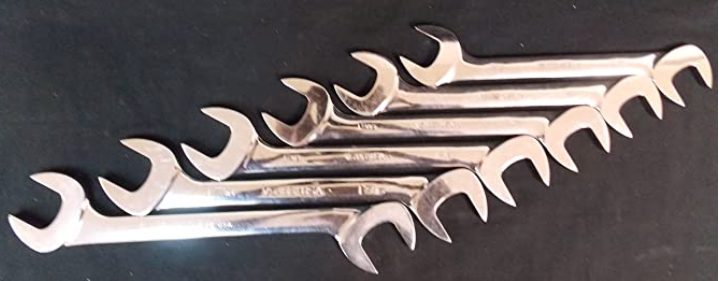
I actually bought a very expensive set of Snap-On Wrenches (my only Snap-On purchase......ever) that had this double open end design and they are worth their weight in gold when you need them. You get 4 different angles per wrench because you get to use both sides, flip around and use both sides again giving you a lot of wiggle room to work a bolt loose in a tight spot where sockets don't fit and there is little to no elbow room............interestingly enough these wrenches are a "special" design and have CAT stamped on them as a Caterpillar promotional item. If I remember correctly they were close to $200-$300 for 12 wrenches on ebay when I got them.
Rivets are used anywhere that you don't intend pieces coming apart........ever. Like on airplanes the entire outside is typically rivets together because you don't want bolts vibrating loose up in the air and panels ripping off the plane........haha. Rivets are an interesting way of fastening items together if you ask me. Another great engineering idea that works in very specific cases really well.
6 sided then. I would expect these bolts would be loosened or tightened using a socket wrench possibly with a short extension needing less elbow room
Oh yeah this is totally a socket wrench scenario. They probably use impact guns on stuff like this (easy on, easy off)
As far as the fenders are concerned I think they are complete:
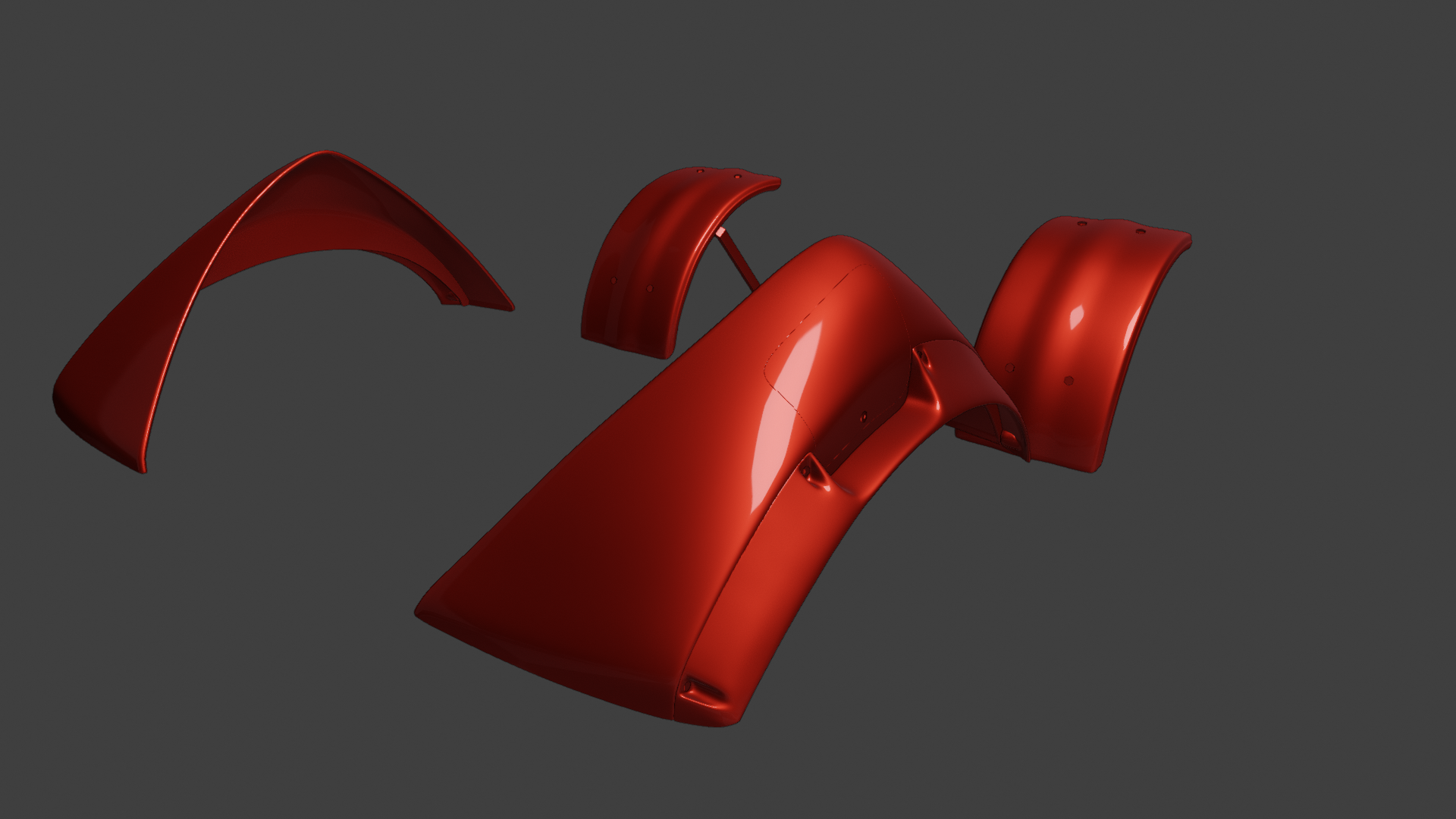
Maybe just some slight adjustments to fit with the Cab, and the front Fenders need to be bolted to the front axle.
As for the Chassis and Stabilizers, Hydraulic lines for the Stabilizers needs to be added, and I think there are more brackets to add to the Chassis. Every time I look at a reference for something else I see another bracket on the chassis.
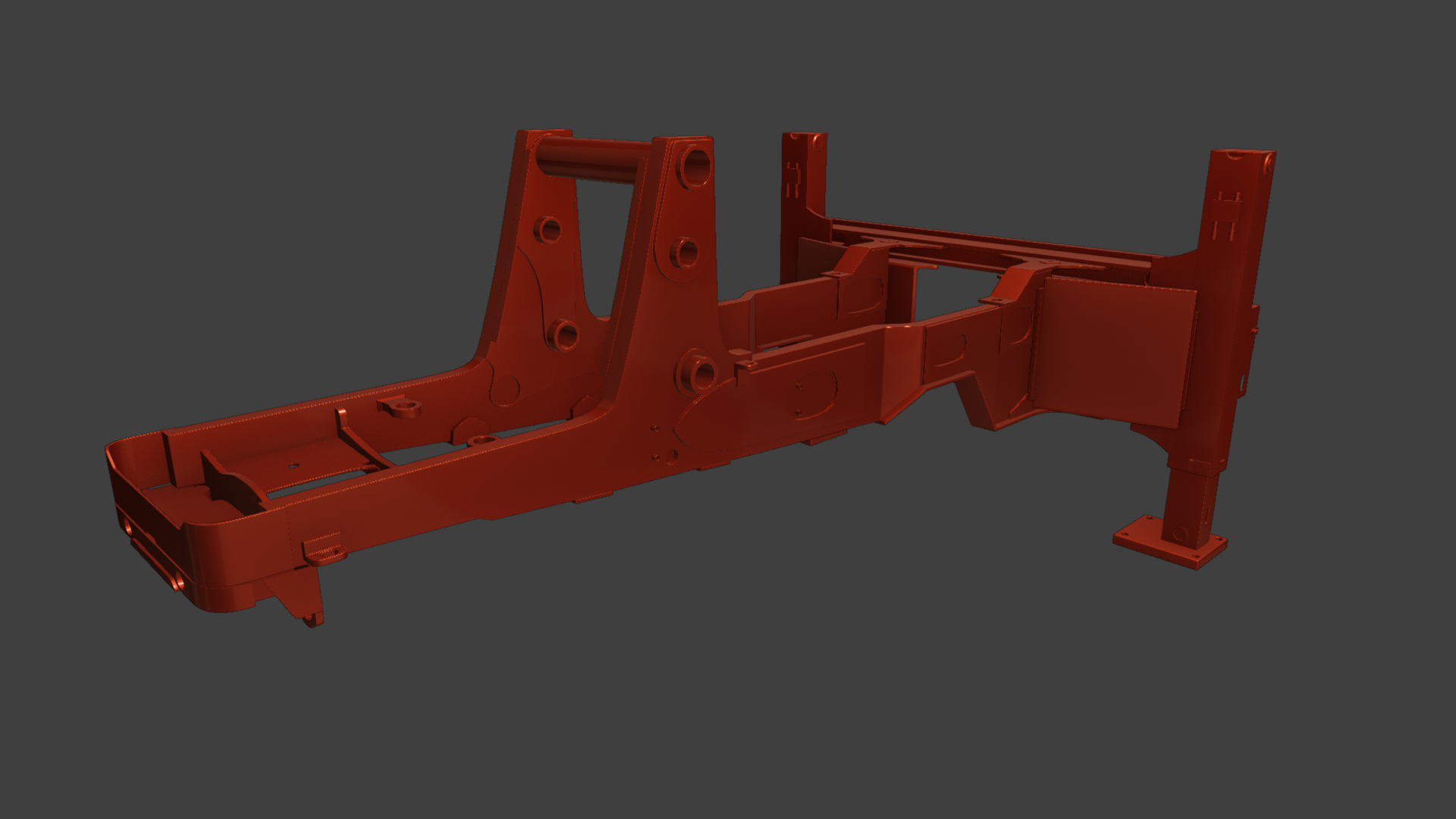
And then there is this, a small extra:
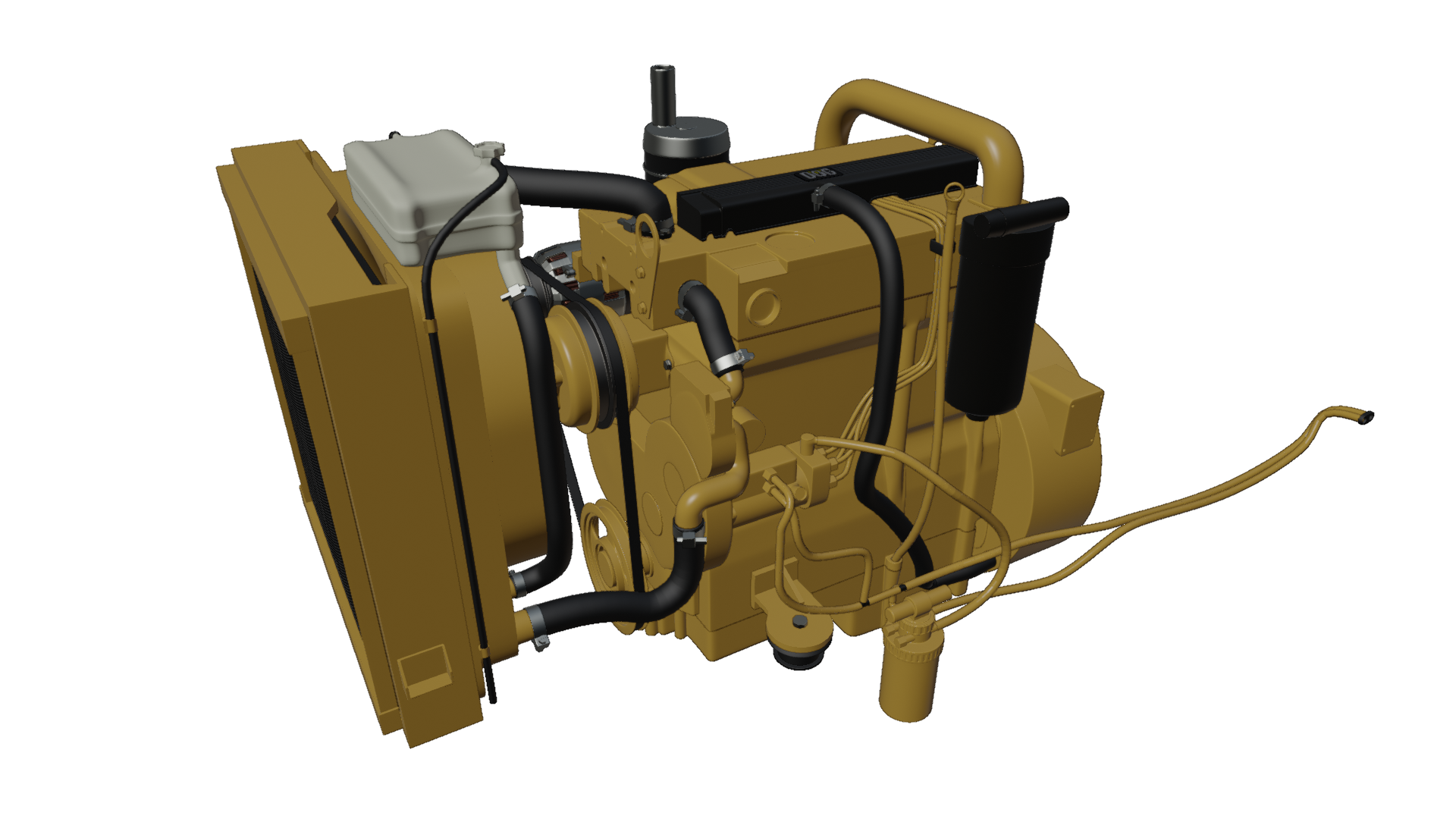
@theluthier Does this count as part of my 50% complete?